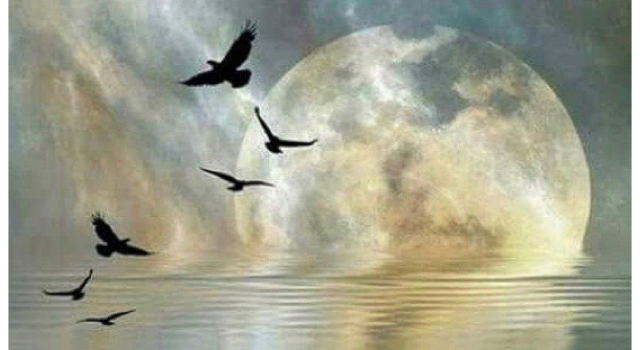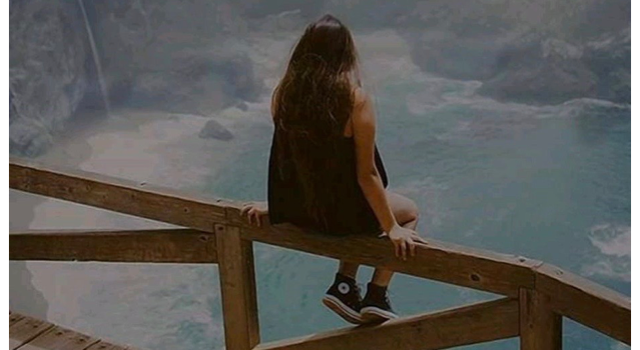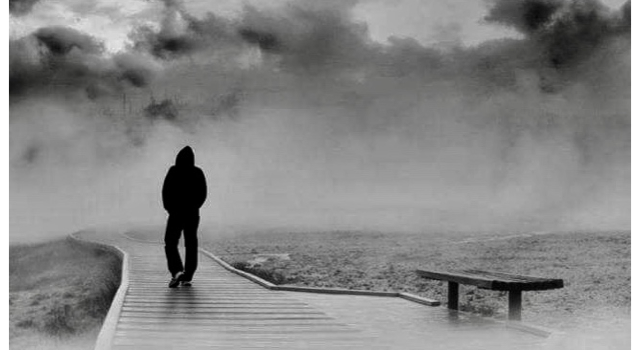The BBC has been accused by more than 100 of its staff of giving Israel…

Winston Churchill’s Obsession.
Along with the Bismarck, the Tirpitz was the most revered and feared ship in Hitler’s navy.
It was longer, heavier, faster, better appointed and more handsome.
And it was so heavily armoured both above and below the waterline that it was all but unsinkable.
No wonder it became such an obsession of Winston Churchill’s.
During the course of the war, he launched no fewer than 24 missions to sink the Tirpitz, by everything from ancient carrier-borne Swordfish biplanes to naval fleets and miniature submarines.
In pure tactical and strategic terms, the Tirpitz was a bit of a red herring.
Its only combat mission was a gratuitous trip to the Arctic island of Spitsbergen, where it used its mighty guns to shell a meteorological station occupied by a few Norwegian soldiers and British sailors.
And the only reason this mission took place was to give the Tirpitz’s crew something to do.
For over a year, the ship had been lurking in the safety of various remote Norwegian anchorages, considered far too precious an asset by the German High Command to be risked in action.
That explains why, until the Tirpitz was eventually sunk by RAF bombers in November 1944, by far the ship’s biggest threat came from an aggrieved Adolf Hitler.
So unimpressed was the Fuhrer by Tirpitz’s lacklustre war record that in early 1943 he planned, in a fit of rage, to have it cut up for scrap.
The Tirpitz was saved only by the courageous intervention of the head of his navy, Admiral Donitz.
Donitz understood that besides its morale-boosting value as the pride of the German Navy, the Tirpitz was the ultimate deterrent.
Merely the threat of its presence in the Baltic meant the Royal Navy had to maintain a sizeable fleet there to protect its Arctic convoys.
The sheer terror that its presence inspired resulted in one of the biggest Allied blunders of the war.
The infamous order by Admiral Dudley Pound to disperse the PQ-17 Arctic convoy, resulting in the loss of 23 ships out of 32.
It was fear of the Tirpitz, too, that prompted another of the war’s legendary episodes.
The commando raid in 1942 to block the port of St Nazaire.
Almost everyone who took part was either killed or captured, but it was considered a price worth paying because now the Tirpitz had no dock big enough on France’s west coast in which to lay up and menace Atlantic shipping.
( James Delingpole )
Israel Accused Of Giving Contraceptive Jabs To Ethiopian Women Without Consent.
Thousands of Ethiopian women are said to be receiving shots of Depo-Provera every three months in Israeli clinics.
The contraceptive stops menstruation and has been linked to fertility problems and osteoporosis.
Yaakov Litzman, Israel’s deputy minister of health, has previously denied the practice.
The phenomenon was uncovered when social workers noticed the birth rate among Ethiopian immigrants halving in a decade.
An Israeli documentary investigating the scandal was aired in December 2012 and prompted a popular outcry.
It revealed that women were started on a course of contraceptive jabs while still in transit camps in Ethiopia, some without being told they were being given birth control and many having no idea of the side-effects.
When they eventually arrived in Israel, doctors continued the treatment unquestioningly.
But the critical question remains unanswered as to who instigated the policy, with neither Israel nor Ethiopia willing to claim responsibility.
( Phoebe Greenwood, 28.02.2013 ) .. theguardian.com
Pacific War Land Battle.
In March 1944, the war in Burma entered its third year, and the Japanese attempted a knock-out blow against the British and Indian armies.
Operation U-Go was designed to destroy the British divisions on the plain at Imphal, near the Burma-India border, possibly as a prelude to a march on Delhi.
This bold undertaking was assigned to Lieutenant General Renya Mutaguchi, whose strategy was suitably ingenious and involved using 85,000 troops to surprise the British at four different locations around Imphal.
The entire plan hinged on securing the village of Kohima, about 60 miles away and 5,000ft up in the Naga Hills.
Mutaguchi lacked the resources for the task, but he gambled both that his men could live off the land, and that the British forces would panic in close combat with his veterans. Every one of Mutaguchi’s assumptions proved mistaken.
The Japanese never had the food, water, ammunition, artillery, air power or infantry reinforcements needed for the task.
At the same time, his men encountered an entirely new Anglo-Indian army, trained and disciplined by a new British military talent, General William Slim.
These men fought fiendishly, partly out of fear for their fate if they ended up in the hands of the Japanese, partly because they had just beaten another Japanese army in the Arakan peninsula, and partly because steady reinforcements and a massive Anglo-American airlift boosted morale and seemed to confirm Slim’s assurances of certain success.
Kohima-Imphal, the ‘Stalingrad of the East’, was fought non-stop for four months and was the greatest land battle of the entire Pacific war.
By the end, the Imperial Japanese Army had experienced the greatest defeat in its history.
Arguably the most ferocious hand-to-hand fighting in the whole campaign took place at Kohima.
On April 4, 1944, a Japanese force of 15,000 troops attacked 2,000 British and Indian soldiers at the village.
Outnumbered nearly ten-to-one, the defenders pulled off a triumph against impossible odds.
Every inch was fought over on a battleground just 900 yards by 1,100 yards square, and the disputed ridges and bluffs – Bunker Hill, Garrison Hill, FSD Hill, GPT Ridge – became legendary.
The Japanese threw everything they had at the enemy, but the defenders did not buckle.
After two weeks, the first of the British reinforcements arrived, soon followed by another four brigades, tilting the odds away from the Japanese.
Low on ammunition and water, with no tanks, air support or reinforcements, the Imperial Army survivors were driven back along the ‘Road Of Bones’, soon littered with Japanese who had died from starvation, disease and exhaustion.
( Frank McLynn )



This Post Has 0 Comments